GPCR/G protein
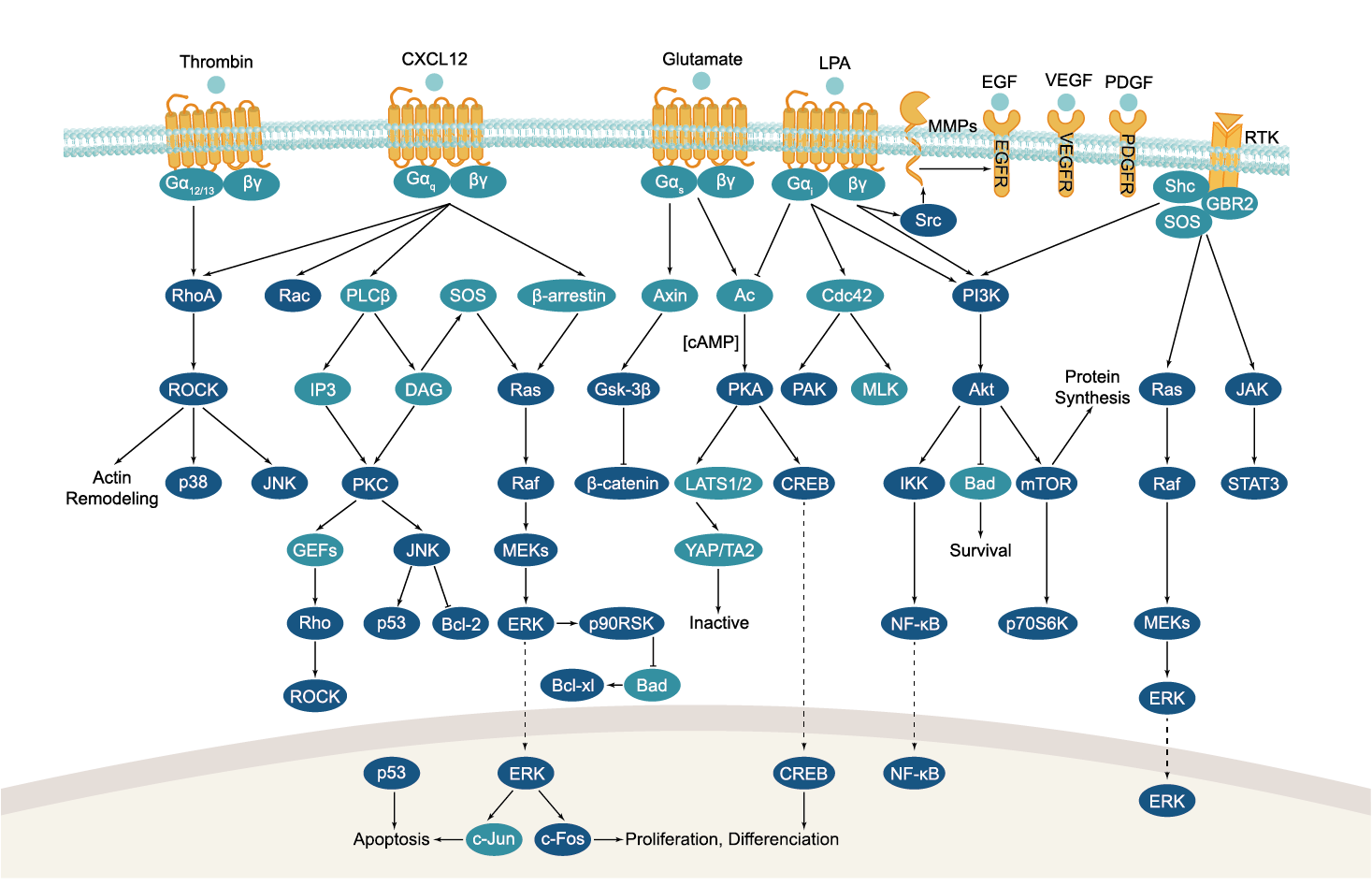

All GPCRs share a common seven trans-membrane structure. GPCRs are associated with heterotrimeric G-proteins which are GTP-binding proteins made of alpha, beta, and gamma subunits. When a ligand binds to GPCR, it activates the attached G-protein, the GDP is replaced with GTP. The activated G-protein then dissociates into an alpha and a beta-gamma complex which activates downstream signaling pathways. These intracellular signaling pathways include cAMP/PKA, calcium/NFAT, phospholipase C, protein tyrosine kinases, MAP kinases, PI-3-kinase, nitric oxide/cGMP, Rho, and JAK/STAT.
GPCRs are one of the most important therapeutic targets for various diseases, over 30% of all modern medicinal drugs target this family. Aberrant GPCR functions are involved in pathological conditions such as neurological, immunological and hormonal disorders. A large number of GPCRs have been identified, but whose ligands are not known, are classified as orphan receptors.
-
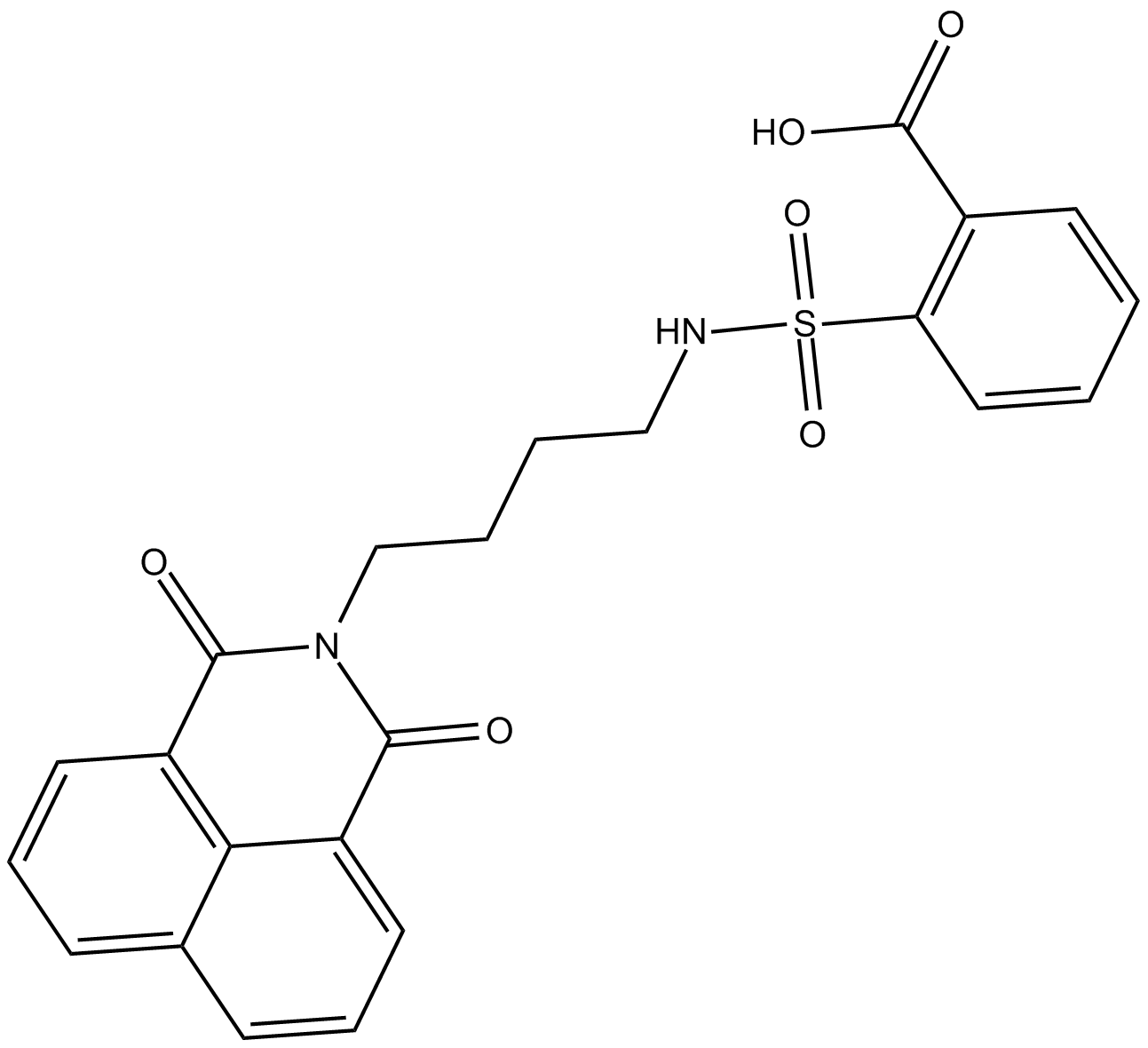 C3497 DBIBBSummary: LPA2 agonist
C3497 DBIBBSummary: LPA2 agonist -
 C3385 13Z,16Z-Docosadienoic AcidSummary: FFAR4(GPR120) agonist
C3385 13Z,16Z-Docosadienoic AcidSummary: FFAR4(GPR120) agonist -
 C3343 Tetradecyl PhosphonateSummary: pan-antagonist of lysophosphatidic acid 1 (LPA1), LPA2, and LPA3 receptors
C3343 Tetradecyl PhosphonateSummary: pan-antagonist of lysophosphatidic acid 1 (LPA1), LPA2, and LPA3 receptors -
 C3411 3-chloro-5-hydroxy BASummary: GPR81 agonist
C3411 3-chloro-5-hydroxy BASummary: GPR81 agonist -
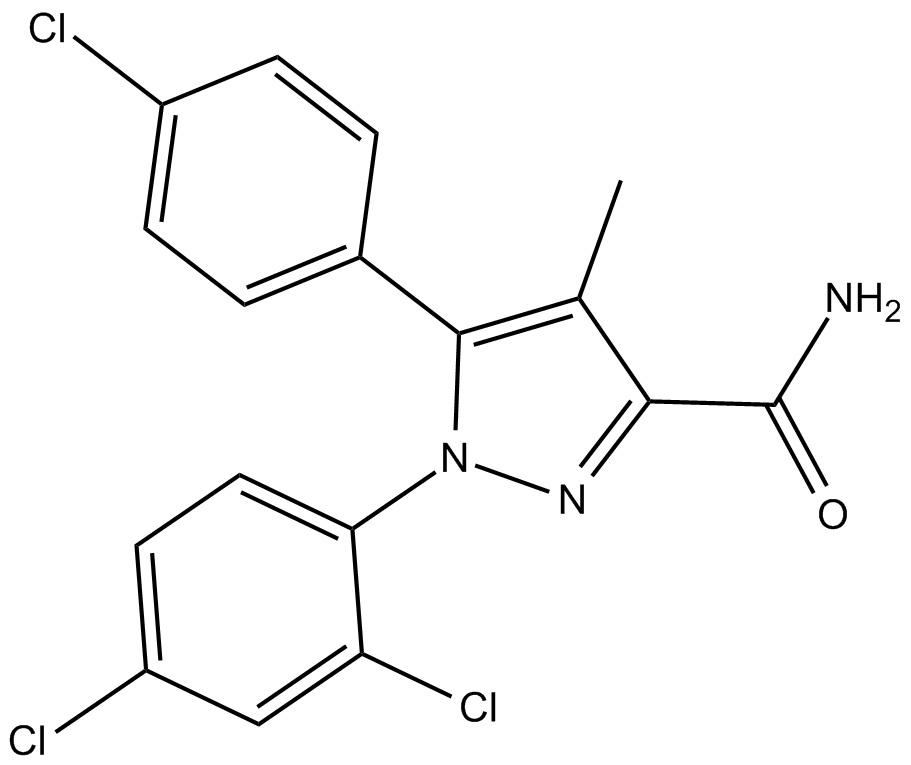 C3493 AM4113Summary: cannabinoid receptor 1 (CB1)-selective neutral antagonist
C3493 AM4113Summary: cannabinoid receptor 1 (CB1)-selective neutral antagonist -
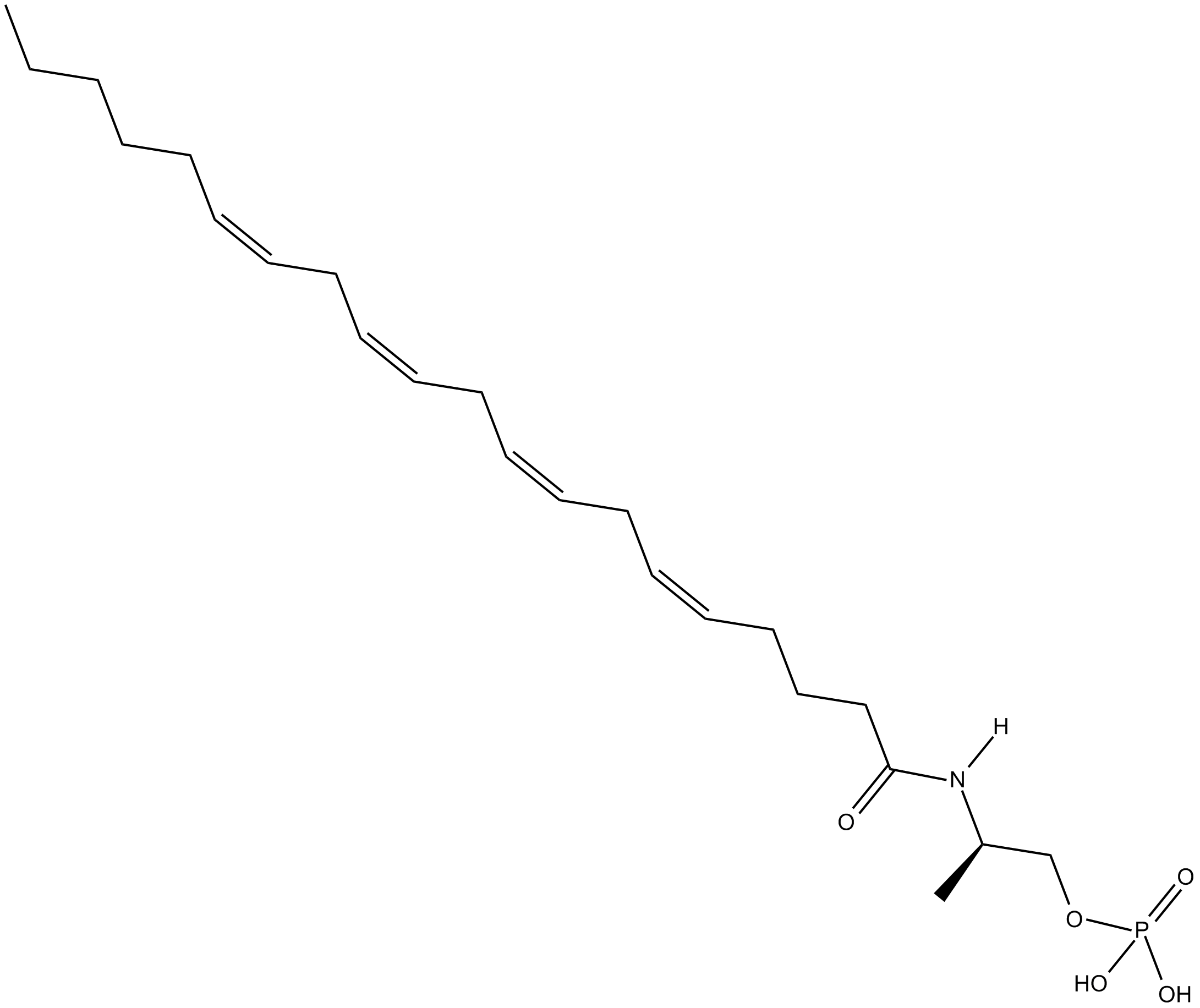 C3352 R-1 Methanandamide PhosphateSummary: CB1 receptor agonist
C3352 R-1 Methanandamide PhosphateSummary: CB1 receptor agonist -
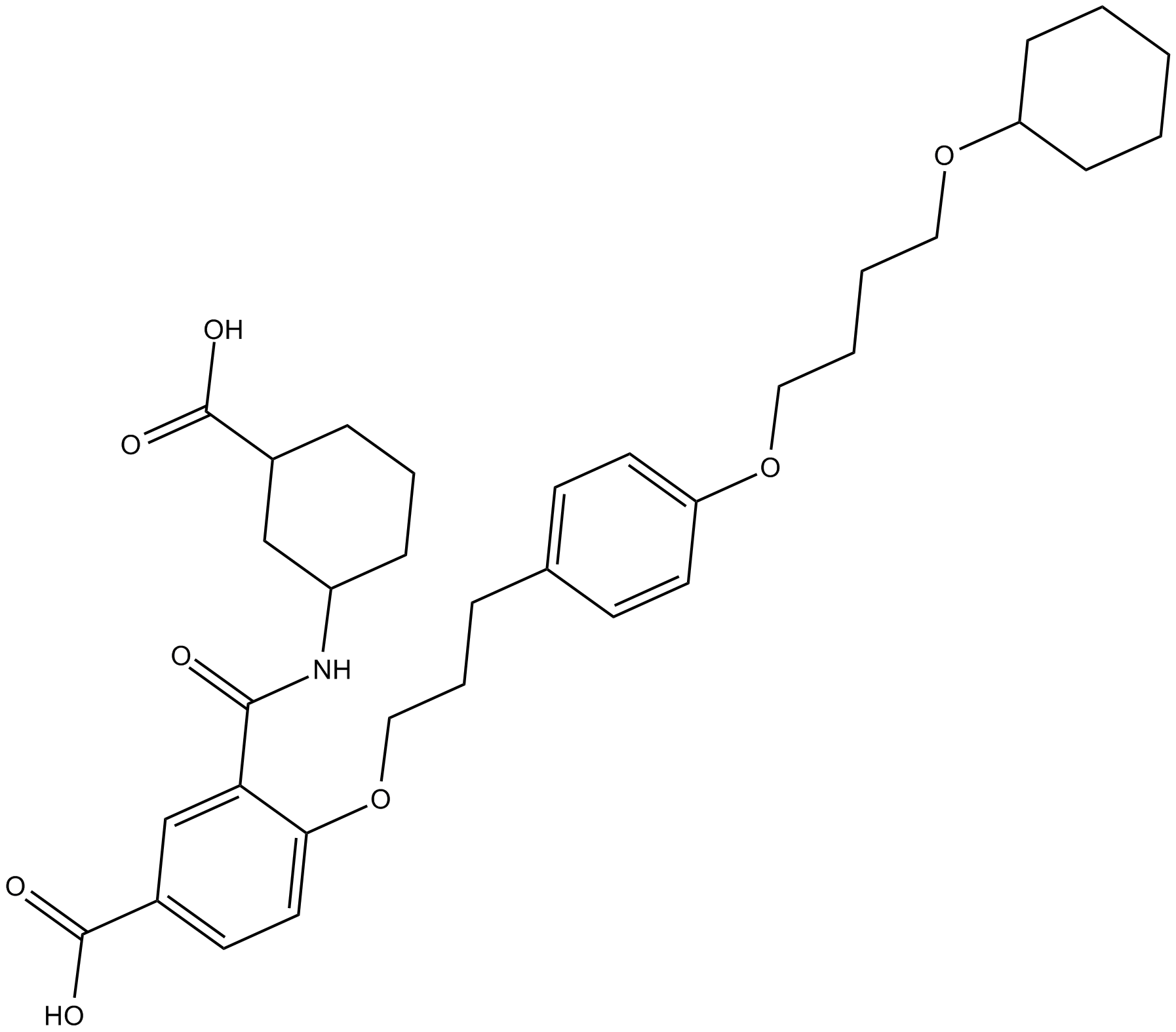 C3082 HAMI3379Summary: CysLT2 receptor antagonist
C3082 HAMI3379Summary: CysLT2 receptor antagonist -
 C3027 BW 245CSummary: DP1 receptor agonist
C3027 BW 245CSummary: DP1 receptor agonist -
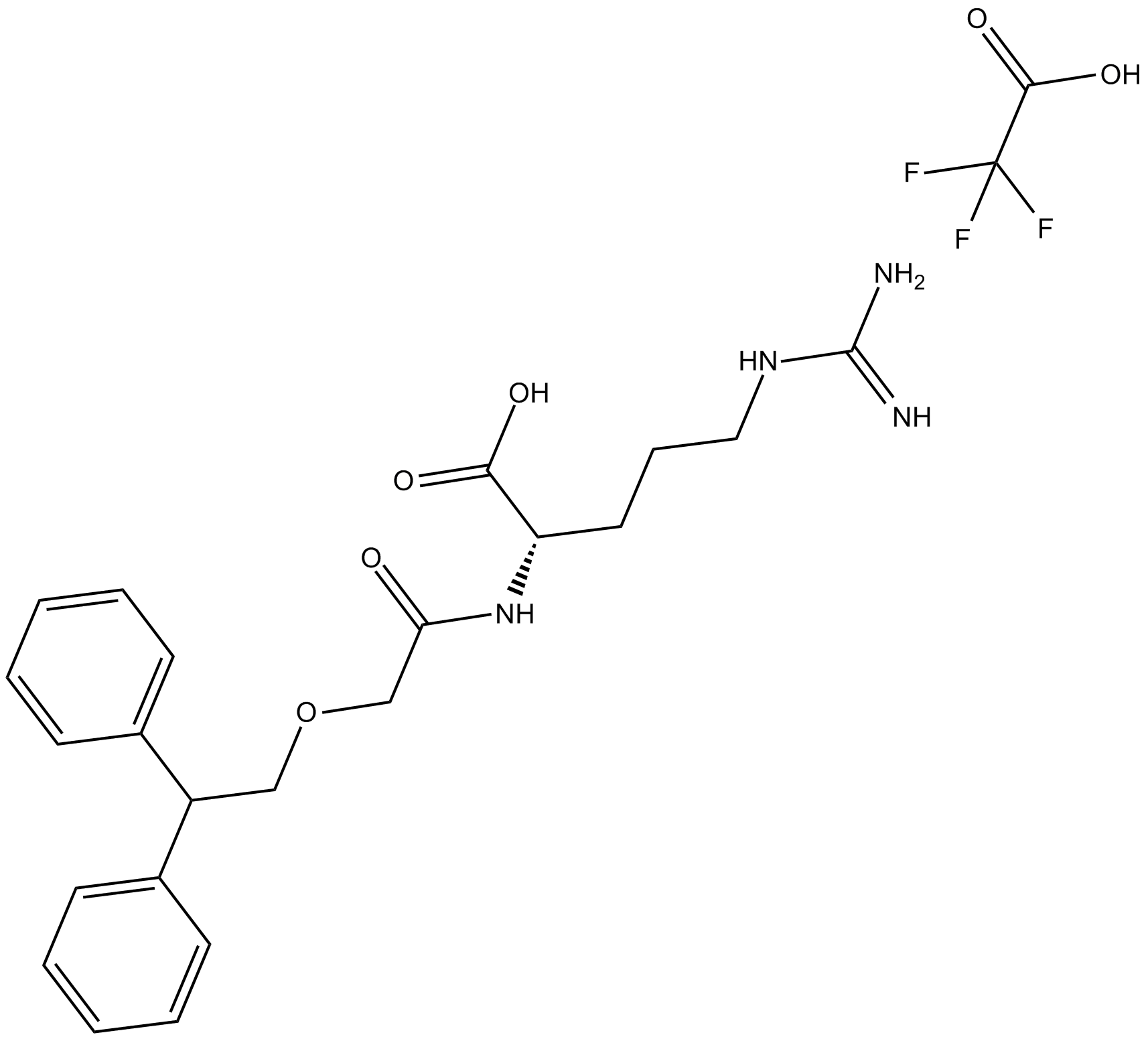 C3563 SB 290157 (trifluoroacetate salt)Summary: C3aR antagonist
C3563 SB 290157 (trifluoroacetate salt)Summary: C3aR antagonist -
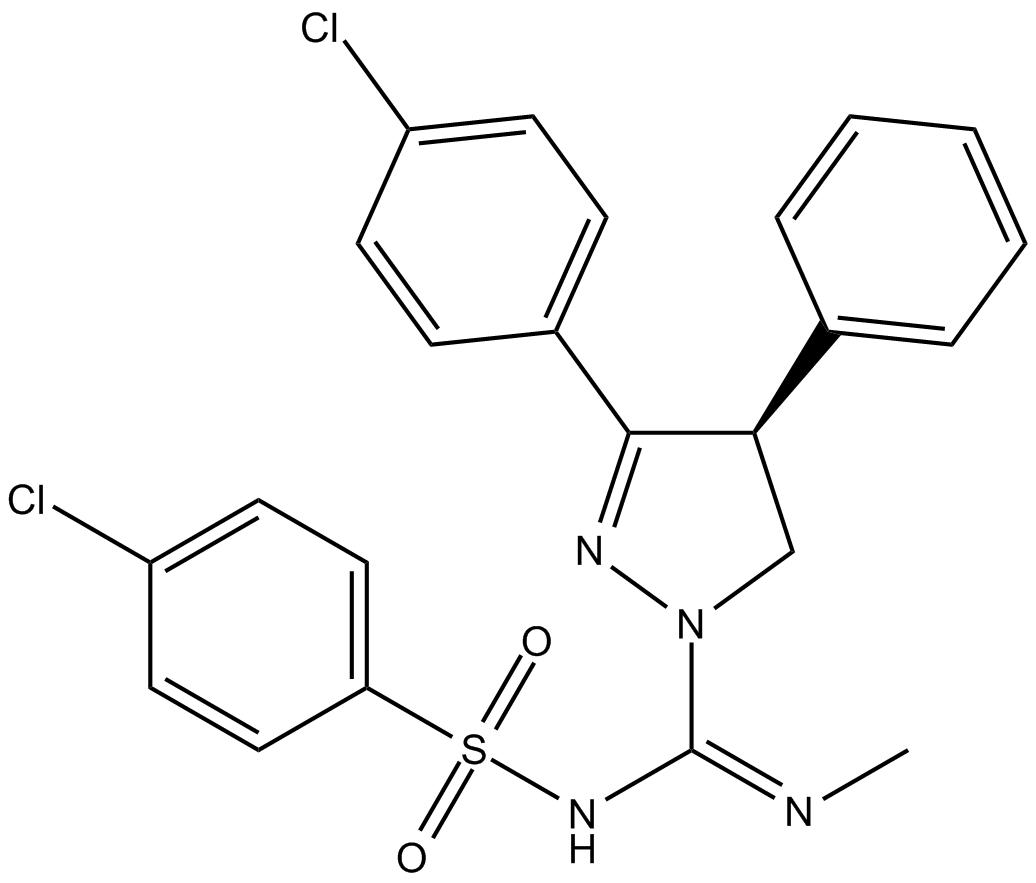 C3568 (S)-SLV 319Summary: CB1 receptor antagonist
C3568 (S)-SLV 319Summary: CB1 receptor antagonist


